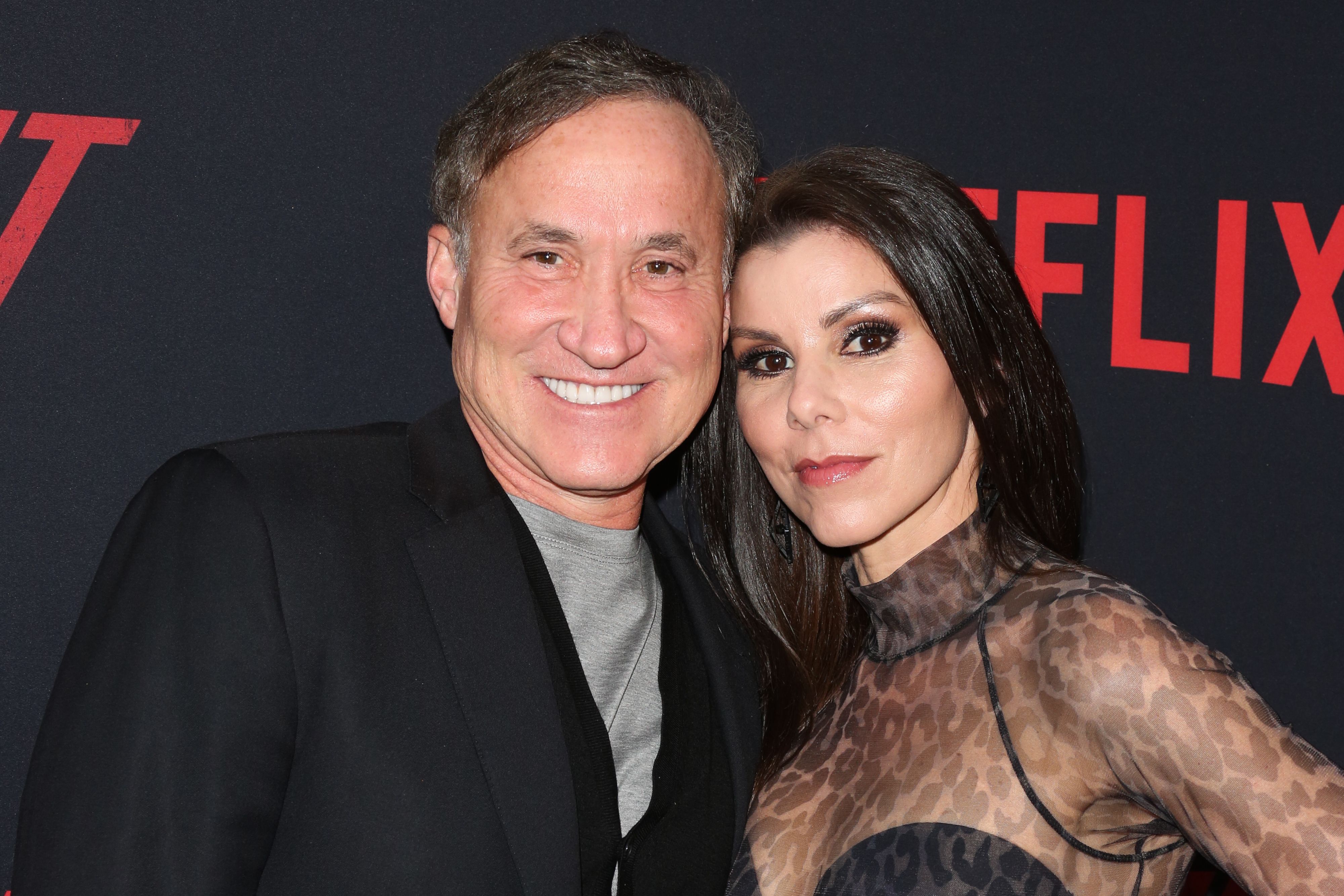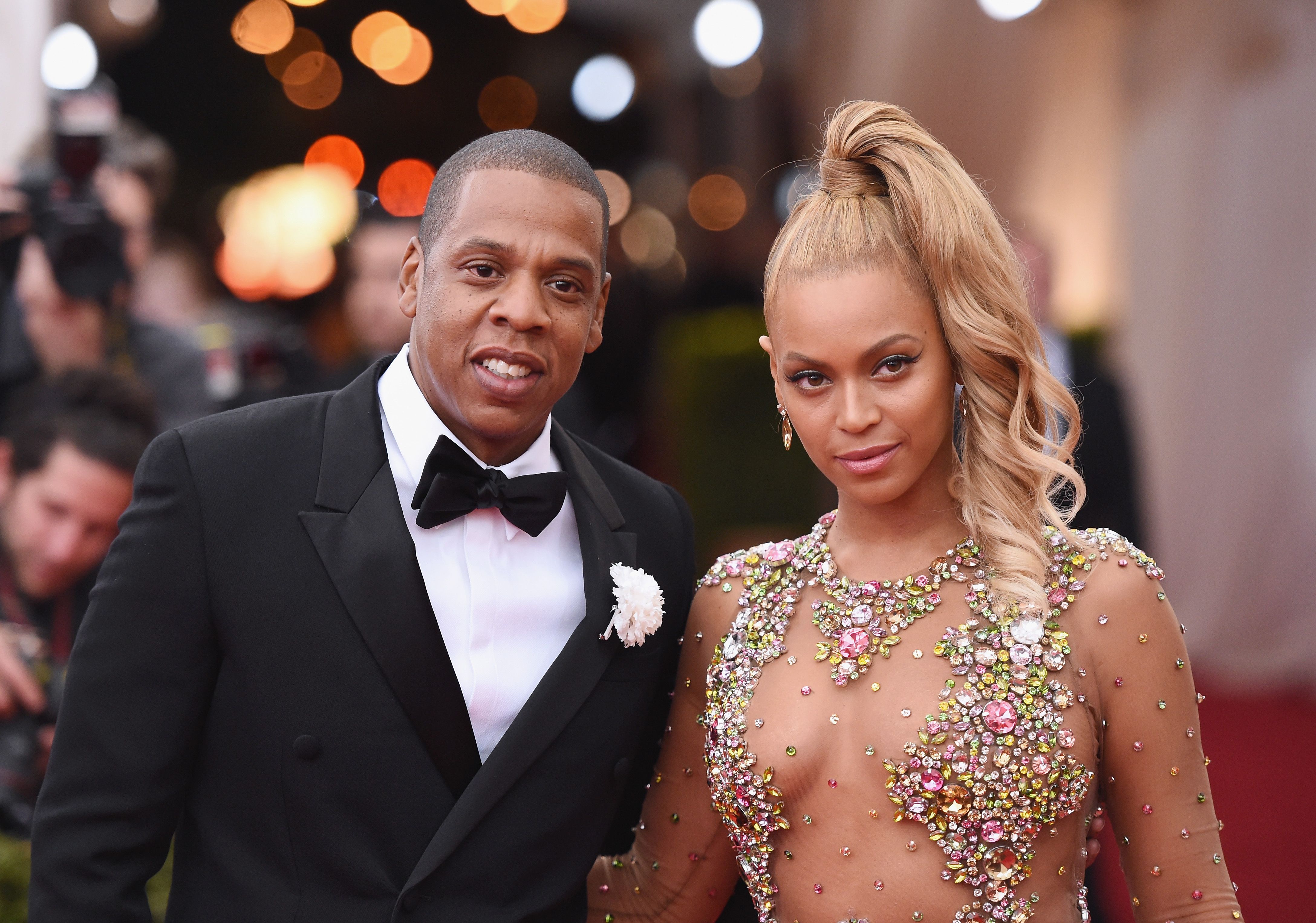
Let’s be honest: Basically anything Beyoncé touches instantly turns to gold—and that includes the Greenprint diet, which Queen Bey raves about year after year.
The diet is the brainchild of exercise physiologist Marco Borges, a Miami-based lifestyle coach and Beyoncé’s personal trainer, who released his second book The Greenprint: Plant-Based Diet, Best Body, Better World, in December 2018.
Beyoncé famously followed Borges’ plant-based diet when she wanted to get into shape and lose weight before Coachella in 2018, after giving birth to her twins.
After her head-turning performance, Beyoncé not only kicked off 2019 by challenging her Instagram followers to take up the eating plan, but she also wrote the introduction to The Greenprint book, alongside hubby Jay Z.
Now The Greenprint is a bestseller, and the diet is wildly popular among Queen Bey’s hordes of fans and other celebs. But what the heck is the Greenprint diet? And more importantly, can us mere mortals handle it?
What is the Greenprint diet all about?
The Greenprint diet is a plant-based diet with a focus on healthy eating and saving the planet. It promises that you can overhaul your lifestyle in just 22 days, which is based on the theory that it takes 21 days to create a new habit.

The Greenprint diet emphasizes that eating this way will not only improve your health but also reduce your carbon footprint (so it’s a win-win). The book features a manifesto of sorts called the “22 Laws of Plants,” which is essentially the Greenprint diet’s tips for living a cleaner, healthier life. It encourages readers to listen to their bodies, love their food, practice fasting, take care of their mind and heart, and consider the health of the planet when choosing what to eat every day.
What’s the 22-Day Revolution Diet? Is it the same thing?
More or less. Borges released an earlier book called The 22-Day Revolution Diet back in 2015, with a forward written by Beyoncé. It touts the same type of plan, and when it was released, Beyoncé even partnered with Borges to launch a now-defunct meal delivery service to help dieters stick to the plan.
Borges still sells both books on his website, 22 Days Nutrition, where you’ll also find information about his meal-planning app, protein powder, and other products.
What can you eat on the Greenprint diet?
Once you’ve fully transitioned through the 22-day plan, you’ll be dining exclusively on whole grains, beans, nuts, seeds, fruits, vegetables, and fresh herbs.
If that sounds like a vegan diet, well, it’s close—but even stricter.

The 22 Days Nutrition website notes that the Greenprint diet exclude some foods—like fake meat—that vegan diets traditionally allow: “A plant-based diet…is a diet that is based on nutritious, whole food plant-based options like whole grains, vegetables, fruits, nuts and seeds. A plant-based diet does not include processed foods like soy burgers, fake ‘meats,’ chips, cookies, and so on.”
The 22 days of the diet are split up into tiers, allowing you to adjust slowly to the new way of eating. So rather than give up all non-compliant foods at once, you eat one plant-based meal for the first 11 days and two plant-based meals for the next 11 days; by day 22, you’re theoretically ready to give up animal products completely.
Will the Greenprint diet help you lose weight?
Let’s just say it can’t hurt. “Increasing your intake of plant-based foods has been linked with a lower body weight and a reduced risk of diseases such as heart disease, type 2 diabetes, and certain cancers,” says registered dietitian Erin Palinski-Wade, author of 2 Day Diabetes Diet.
The gradual approach with the 22-day format and tiers is one of the best features of the diet, according to Palinski-Wade: “With any lifestyle change, adjusting gradually over time increases the chances of being successful; if you try to make too many dietary changes at once, you risk burnout and going right back to old habits.”

However, sticking to the Greenprint diet for 22 days may not cure you of all your bacon cheeseburger cravings. “I see hundreds of clients a year, and the 21 days, 30 days, 60 days to change a habit thing…makes people feel like failures when they can’t follow that construct,” says Barbie Boules, RDN, of Barbie Boules Longevity Nutrition. “You change a habit effectively when you are able to identify the reason you want to change it, plan your course of action in a way that truly fits into your life, and find a satisfying replacement for that habit.”
So, keep in mind that 22 days is really just a framework for the diet—not a “make it or break it” kind of thing
But is the Greenprint diet healthy?
The biggest health hurdle when it comes to plant-based diets is finding a balance between compliance and nutrition. “You need to ensure adequate quality protein, B12, calcium, and omega-3s,” says Boules. “It’s doable, but requires thought.”
It would be easy for someone following the Greenprint diet to become deficient in a few essential nutrients or start overlooking some other key aspects of healthy eating. “A vegan diet doesn’t always mean a ‘healthier’ diet,” says Palinski-Wade. “Plenty of plant-based processed foods can still be rich in added sugars and refined carbohydrates that can have a negative impact on health.”
Boules—a self-described former “happy vegan” for 18 years—also notes that a strict change in dietary habits can sometimes evolve into orthorexia or unnecessary restrictive eating. “As a passionate intuitive and mindful eating practitioner, I don’t believe you need to be vegan (or have any strict food rules) to be healthy—in fact I don’t believe the word ‘rules’ belongs in the same sentence as food,” she explains.
That said, Boules does think vegan or plant-based diets can be rich in fiber, hydration, vitamins, minerals, phytonutrients, and pro- and prebiotics.
What if I just want to try a plant-based diet?
If the Greenprint diet sounds too strict, you’ll see plenty of benefits by simply sticking to a plant-based diet. That means concentrating primarily on minimally processed fruits, veggies, whole grains, beans, legumes, nuts, and seeds. Traditionally, plant-based diets are less restrictive than true veganism. (Did you know there are seven different types of vegetarian diets? Your plant-based lifestyle could fall into any of these.)This plant-based grocery list is a good place to start when stocking up on kitchen supplies.
The bottom line: If plant-based eating is your jam, go ahead and channel your inner Beyoncé, queen.
Source: Read Full Article